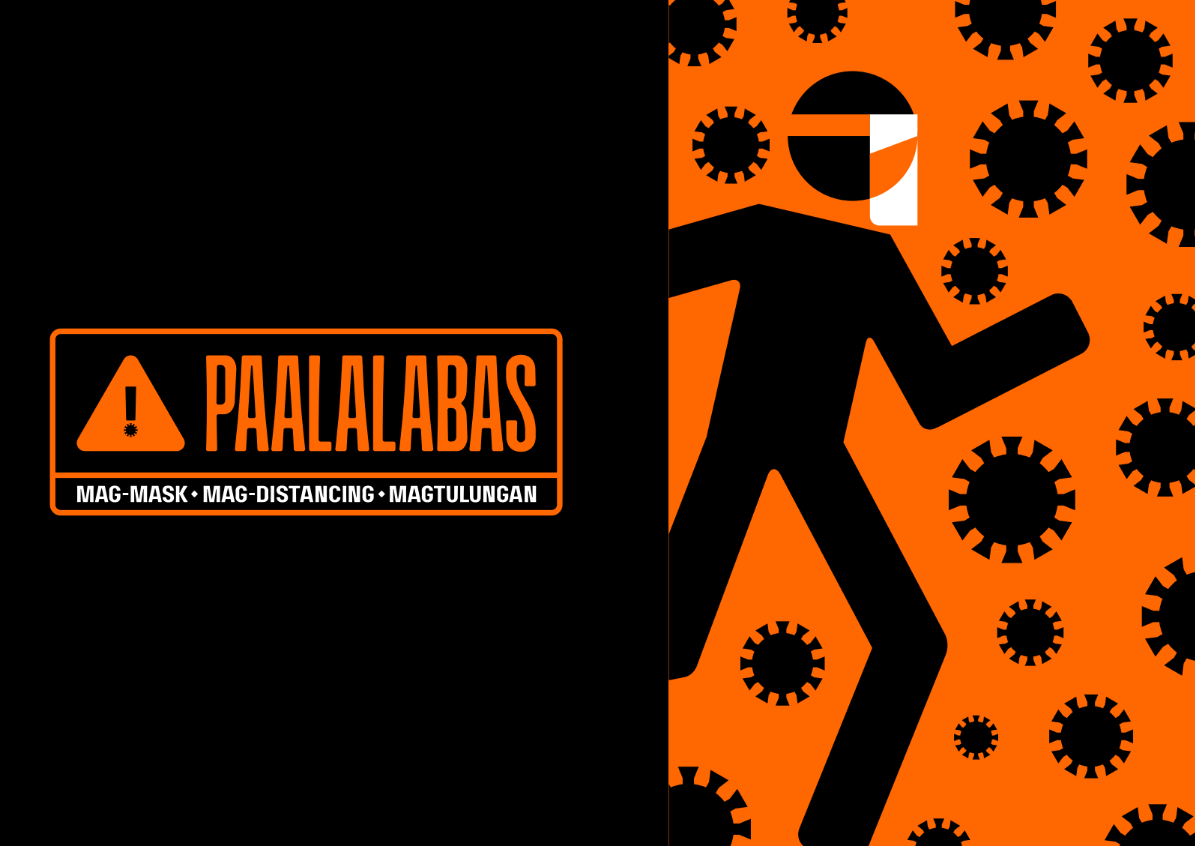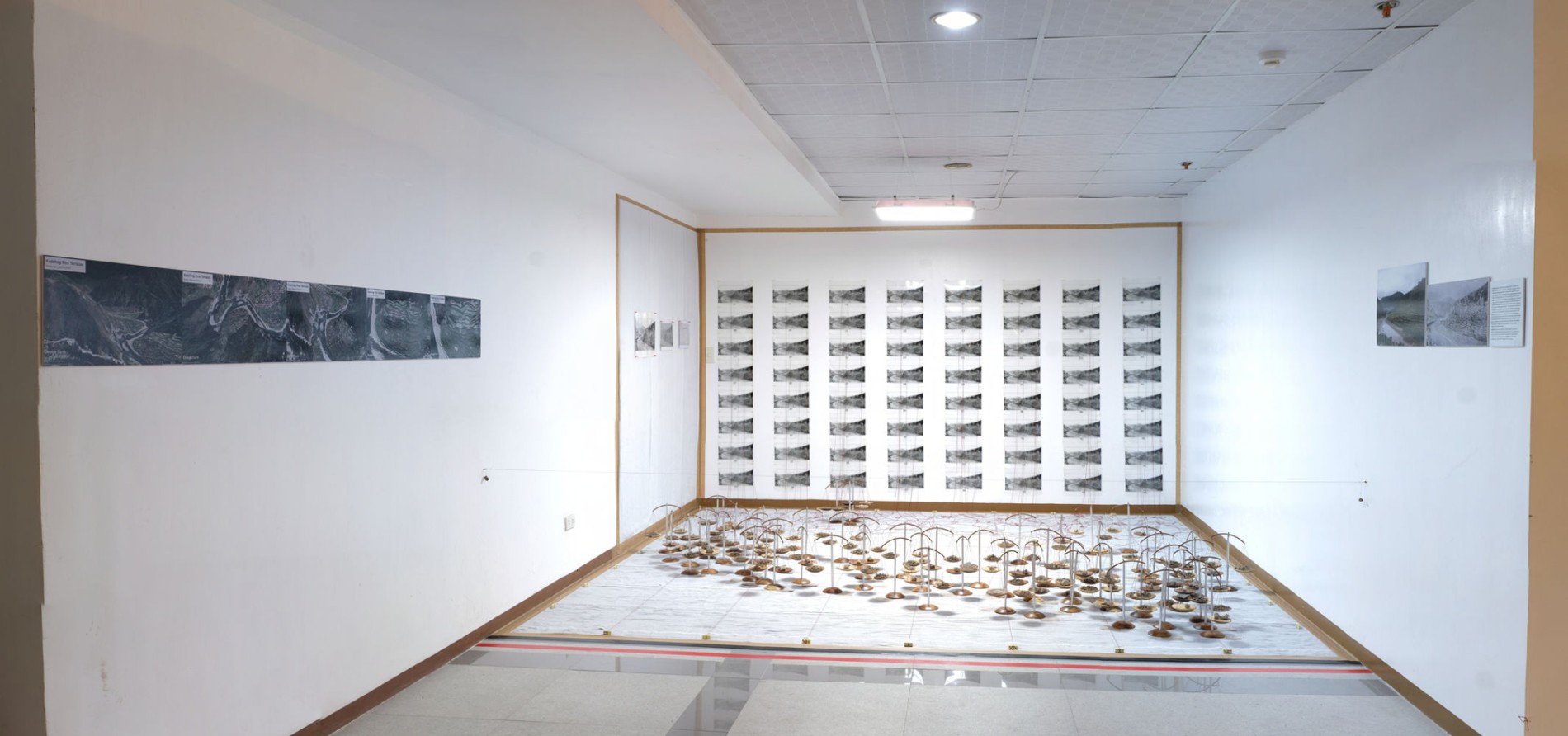
How design thinking powered the Covid-19 ‘Paalalabas’ Initiative
On maximizing a shared value for design to adjust into a post-pandemic world
By Tricia Quintero
August 11, 2021
When the pandemic first struck the Philippines more than a year ago, “stay at home” became the battle cry — a harsh reminder of the real threat of the coronavirus.
A year later, the Philippines began its vaccination rollout and eased restrictions, resulting in people being more comfortable going out. While not necessarily a bad thing – after all, small businesses need consumers to thrive – it created a false sense of security among Filipinos.
The Philippines is past the point of helping people understand the real threat of the virus. Now, the challenge is to remind everyone the threat is still out there. This is what the Covid-19 “Paalalabas” communication initiative aims to address.
Paalalabas is a campaign by the Design Center of the Philippines, Design Advisory Council of the Philippines, and the Communication Design Association of the Philippines with the goal of encouraging Filipinos—particularly the grassroots community—to practice and be more vigilant with health and safety protocols amidst the still rising cases of Covid-19. The initiative was piloted in the walled city of Intramuros, a place frequented by tourists and locals alike.
All three organizations spearheading the program have one thing in common: Value for design. “How can we use design principles to respond to the pandemic?” asked Royal Pineda, architect and co-chair of the Design Advisory Council. By imploring “design thinking,” the team created a simple, accessible, and straightforward campaign, serving as the “nudge” for Filipinos—or, from its namesake, “paalala.”
Design thinking is a methodology that provides a solution-based, design-centered approach to solving social problems. A model proposed by the Hasso-Plattner Institute of Design at Stanford University illustrates five stages to the design thinking process, and is at the heart of the Paalalabas initiative. How was design thinking implemented onto Paalalabas, and how can the Philippines maximize this methodology to adjust into a post-pandemic world? While the design thinking process isn’t strictly linear, its framework allows designers to set aside their own biases, gaining relevant insights on the problems facing the people they are designing for.
Below are these five stages in action.
Empathize
To empathize is, perhaps, the most important stage of the design thinking process. A substantial amount of information is gathered, developing the best possible understanding of stakeholders’ needs and problems.
The Paalalabas team, through extensive research and field interviews, identified key factors that posed challenges for Intramuros’ stakeholders to fully abide by health protocols. On the one hand, visitors of Intramuros experienced pandemic fatigue, having dragged on for more than a year. For the residents, vendors, and pedicab drivers in the area, there’s simply no choice but to go out in order to make a living.
Furthermore, the team discovered that for both groups, there is a general apprehension on “being dictated what to do.” This research process provided valuable insight into Paalalabas’ communication strategy and the problem they would try to solve, moving forward.
Defining the Problem
While collecting research data helped the team pinpoint a problem that was relevant to their stakeholders, to define a problem is to bring a human face to it, helping identify an approach to solving the problem. With the pandemic in mind, the Paalalabas team asked: “What single message can we make to nudge Filipinos towards making the right choice on health and safety?
The solution lies in Paalalabas’ communication strategy – to gently “nudge” Filipinos that the virus is still here. In behavioral economics, including applications in healthcare, nudging is a concept that proposes positive reinforcement and indirect suggestions as ways to influence the behavior and decision making of groups or individuals.*
Ideating
Once the problem was defined, the team began an ideation process of brainstorming solutions. In doing so, the idea of “labas,” meaning to go out, stuck. How can we nudge Filipinos to go out while providing the freedom to responsibly take care of their families and communities?
Hence, the term “Paalalabas”—a combination of “paalala” and “labas”—was coined to serve as the springboard of the campaign.
Prototyping
With the coining of the term, the team sought out various ways to bring the campaign to life. This included a rigorous process of prototyping, creating numerous permutations of the logo, typeface, tagline and message, and colorways to use in their design materials, ensuring the communication initiative is as universally understandable to Filipinos as possible.
Testing
The Paalalabas initiative’s success heavily relies on continuous testing with as many Filipinos as possible. The team distributed the campaign materials to vendors and establishments in Intramuros. In addition, they published informational resources, typefaces, and templates, available for everyone to use through a partnership with Canva.
Now armed with data gathered directly from the community, the team sees the Intramuros activation as an opportunity to continuously improve future rollouts,. Soon, the team plans to conduct another round of focus group discussions to determine if the messaging was effective and whether there was an improvement in the community’s behavior.
The Paalalabas team hopes this initiative will open up more opportunities in the country to implement this approach as it adjusts in a post-pandemic world.
After all, solutions to problems should be precise, never based on intuition. Design thinking powers that.
* Sunstein, C., & Thaler, R. (2008). Nudge: Improving decisions about health, wealth, and happiness. London, England: Penguin Books.



